detail profile mario montez
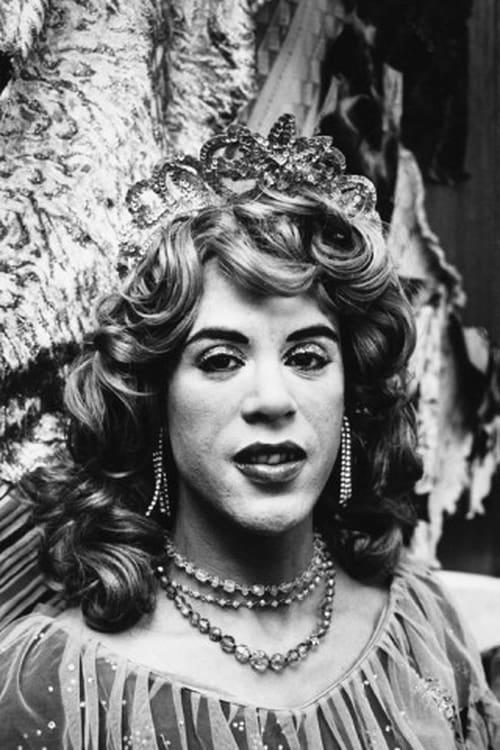
Mario Montez
René Rivera
atau dikenal sebagai
Riwayat Hidup
René Rivera, (July 20, 1935 – September 26, 2013), known professionally as Mario Montez, was one of the Warhol superstars, appearing in thirteen of Andy Warhol's underground films from 1964 to 1966.
He took his name as a male homage to the actress Maria Montez, an important gay icon in the fifties and sixties.
Before appearing in Warhol's films, he appeared in Jack Smith's important underground films Flaming Creatures and Normal Love.
Montez also stars in the Ron Rice film, Chumlum, made in 1964.
Mario Montez, was "a staple in the New York underground scene of the 1960s and ’70s.
"
Info Pribadi
Peran Yang Di Mainkan Mario Montez
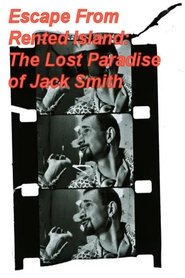 In his essay film Jerry Tartaglia...
In his essay film Jerry Tartaglia...Escape From Rented Island: The Lost Paradise of Jack Smith 2017
In his essay film, Jerry Tartaglia, longtime archivist and restorer of the film estate of queer New York underground, experimental film, and performance legend Jack Smith, deals less with Smith’s life than with his work, analyzing Smith’s aesthetic idiosyncrasies in 21 thematic chapters. It's a film essay about the artist’s work, rather than a documentary about his life. An unmediated vision of Jack Smith, an invitation to join him in his lost paradise.
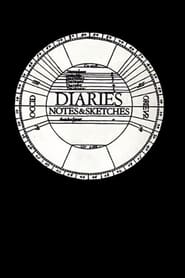 An epic portrait of the New...
An epic portrait of the New...Diaries, Notes, and Sketches 2013
An epic portrait of the New York avant-garde art scene of the 60s.
 In this entrancing documentary on performance...
In this entrancing documentary on performance...Jack Smith and the Destruction of Atlantis 2007
In this entrancing documentary on performance artist, photographer and underground filmmaker Jack Smith, photographs and rare clips of Smith's performances and films punctuate interviews with artists, critics, friends and foes to create an engaging portrait of the artist. Widely known for his banned queer erotica film Flaming Creatures, Smith was an innovator and firebrand who influenced artists such as Andy Warhol and John Waters.
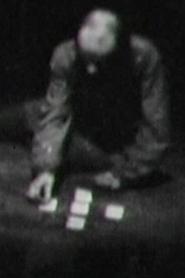 The New York underground linked the...
The New York underground linked the...Reel Six: Charles Ludlam’s Grand Tarot 1987
The New York underground linked the paths of the actor and playwright Charles Ludlam, the superstar of avant-garde cinema Mario Montez and the Argentine artist Leandro Katz. An underground community found refuge in a porn cinema that Ludlam rented at night to stage his theater of the ridiculous. In 1970 he premiered The Grand Tarot, an extravagant burlesque where the arcana became characters and a reading of cards before the performance began established the order of the scenes. Rollo Six materializes that furtive experience, recovering in its formal commitment the inventiveness of chance that guided Ludlam's work. Katz superimposes edited scenes in camera, fracturing the screen through the use of masks that cover the lens and allow him to separately expose each corner of the frame.
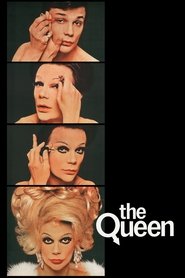 In 1967 New York City is host...
In 1967 New York City is host...The Queen 1968
In 1967, New York City is host to the Miss All-American Camp Beauty Pageant. This documentary takes a look behind the scenes, transporting the viewer into rehearsals and dressing rooms as the drag queen subculture prepares for this big national beauty contest. Jack/Sabrina is the mistress of ceremonies, and their protégé, Miss Harlow, is in the competition. But, as the pageant approaches, the glamorous contestants veer from camaraderie to tension.
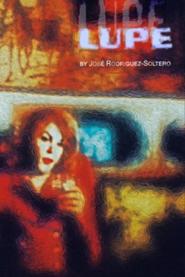 The film a mix of music...
The film a mix of music...Lupe 1967
The film — a mix of music, colors, abstract scenes and little dialogue — is based loosely on the life and death of Mexican-American actress Lupe Velez. The music, far more than mere background, borders on serving as the film’s narrative and ranges from classical to contemporary pop music.
 The films were made between 1964 and 1966...
The films were made between 1964 and 1966...Andy Warhol Screen Tests 1965
The films were made between 1964 and 1966 at Warhol's Factory studio in New York City. Subjects were captured in stark relief by a strong key light, and filmed by Warhol with his stationary 16mm Bolex camera on silent, black and white, 100-foot rolls of film at 24 frames per second. The resulting two-and-a-half-minute film reels were then screened in 'slow motion' at 16 frames per second.
 Batman Dracula is a 1964 black and...
Batman Dracula is a 1964 black and...Batman Dracula 1964
Batman Dracula is a 1964 black and white American film produced and directed by Andy Warhol, without the permission of DC Comics. The film was screened only at Warhol's art exhibits. A fan of the Batman series, Warhol made the movie as a homage. Batman Dracula is considered to be the first film featuring a blatantly campy Batman. The film was thought to have been lost until scenes from it were shown at some length in the documentary Jack Smith and the Destruction of Atlantis.
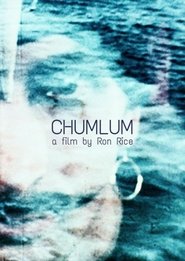 Ron Rices Chumlum is one of...
Ron Rices Chumlum is one of...Chumlum 1963
Ron Rice's Chumlum is one of those films in which the conditions of its construction are integral to the experience of watching it. It is a record of a cadre of creative people having fun on camera, playing dress-up, dancing, flirting, lazing around.
 Filmmaker and artist Jack Smith described...
Filmmaker and artist Jack Smith described...Flaming Creatures 1963
Filmmaker and artist Jack Smith described his own film as a “comedy set in a haunted movie studio.” Flaming Creatures begins humorously enough with several men and women, mostly of indeterminate gender, vamping it up in front of the camera and participating in a mock advertisement for an indelible, heart-shaped brand of lipstick. However, things take a dark, nightmarish turn when a transvestite chases, catches and begins molesting a woman. Soon, all of the titular “creatures” participate in a (mostly clothed) orgy that causes a massive earthquake. After the creatures are killed in the resulting chaos, a vampire dressed like an old Hollywood starlet rises from her coffin to resurrect the dead. All ends happily enough when the now undead creatures dance with each other, even though another orgy and earthquake loom over the end title card.
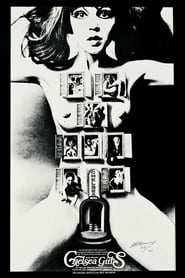 Lacking a formal narrative Warhols mammoth...
Lacking a formal narrative Warhols mammoth... Mario Montez in drag eats a...
Mario Montez in drag eats a...